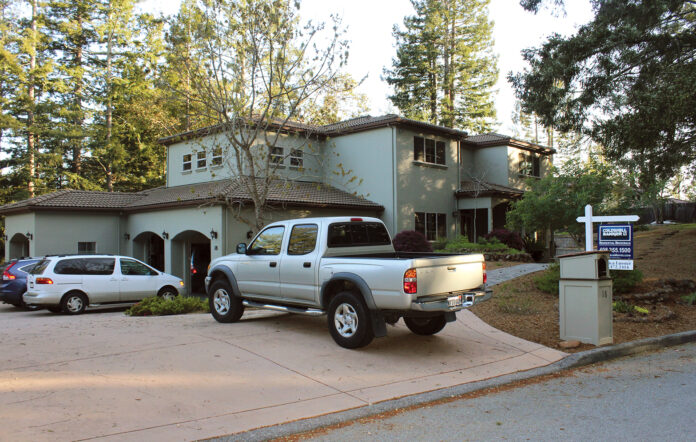
The Scotts Valley City Council unanimously adopted a State-required housing plan, known as the Housing Element to the General Plan, at a special meeting on March 23.
The State requires an update of the General Plan’s Housing Element every eight years to document how the city plans to meet its “fair share” of housing demand from all income groups, including seniors, the disabled and low-income households.
Scotts Valley’s 2015-2023 Housing Element had previously received State approval through a “streamlined” process prior to the formal adoption by the City Council. The plan outlines how Scotts Valley will accommodate the projected need for 140 additional housing units in the eight-year planning period, 56 of which, or almost 40 per cent, will be needed by low and very low Income households.
Although meeting the State requirements, Affordable Housing Now!, a local advocacy group, wrote a letter to the City Council that stated, “We are concerned with the Housing Element’s lack of specificity and programs to address the housing needs of low income residents, seniors, families and young professionals.” The letter noted that the city “failed to produce any housing affordable to very-low-income households since 2009.” According to the updated plan, 11 low income units were built between 2009-2015, compared to 188 units for “above moderate income” households.
Scotts Valley resident Linda Kerner, representing Affordable Housing Now! at the March 23 meeting, recommended the city expand the area where price-restricted, affordable housing is required as condition of approval of larger housing projects according to the existing Inclusionary Housing Ordinance, which is currently applied to less than half of the city.
Councilmember Stephanie Aguilar, before voting to adopt the plan, expressed interest in possible, future amendments to the plan that would expand the Inclusionary Housing Ordinance city-wide, as well as strengthening city ordinances that protect mobile home parks from conversion to “high end housing and condo developments.”
The updated, 155-page Housing Element gives an overview of the existing housing stock, the housing market, proposed projects and demographic changes in Scotts Valley between 2000 and 2013. The statistics show remarkable increases in average household income since 2000. In a comparison of average household incomes between the 2000 Census and the 2009-2013 American Community Survey, data indicates Scotts Valley “lost” more than 50 per cent of its “middle income” households, those earning between $50,000 and $74,999, between 2000 and 2013, while the number of households with incomes exceeding $150,000 almost doubled.
The Housing Element also documents a spike in the cost of an average, single-family home since 2012, increasing from $499,850 in 2012 to $705,000 in June, 2015; an increase of 41 percent in three years. Zillow Home Value index listed the current average housing price in Scotts Valley at $795,000, an increase of 12 per cent since last June.
Nonetheless, fully 31 per cent of Scotts Valley’s households earned less $62,320 in 2013, which is 80 per cent of the median household income of $77,900. Low-income households are defined as those with incomes 80 percent or less of the median household income, and very-low income households as those with incomes below 50% of median income, or $38,950.
The projected number of housing units the city must plan for is assigned by the Association of Monterey Bay Governments, referred to as the Regional Housing Needs Allocation. According to a staff report by Senior Planner Michele Fodge to the Planning Commission, which approved the Draft Housing Element in February, “During the previous 2009–2014 update, the City identified “opportunity sites” to accommodate the RHNA obligation. While some of these sites have since been developed, the remaining opportunity sites could accommodate 84 lower income units and 448 above moderate income units. Consequently, the City has adequate capacity to meets its RHNA obligation and does not need to rezone properties or identify any new opportunity sites for the 2015–2023 Housing Element Update.”
The Housing Element is aimed at balancing the need for commercial and industrial development with the need for “attainable” and “affordable housing” on appropriately zoned sites. Advocates for more affordable housing recommended smaller units in mixed-use developments, and expanding efforts to re-use former commercial and industrial sites for housing.
According to a summary within the Housing Element, “Scotts Valley is faced with important issues: balancing employment and housing opportunities; matching the supply of and demand for housing; enhancing the affordability of housing for all segments of the population; preserving the quality of the housing stock; and preserving the environmental amenities that distinguish Scotts Valley.”










